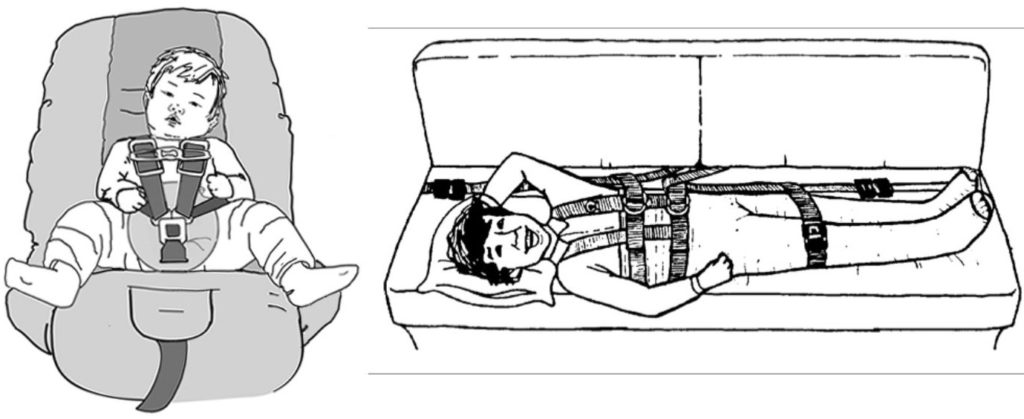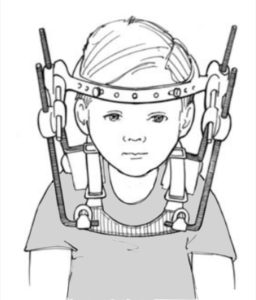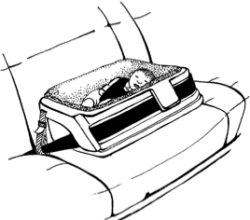
The Q&A format for this article was drawn from a conference webinar held in November, during which Barbara DiGirolamo of Boston Children’s Hospital reviewed the types of situations that arise when transporting children with special needs, as well as the CRs that are available to ensure these children continue to ride safely. DiGirolamo, a CPST-I and STAC (Safe Travel for All Children)-certified instructor, draws from her experience fitting children with a variety of special needs with suitable CR systems. Read More from “Special Needs Transportation Q&A”


